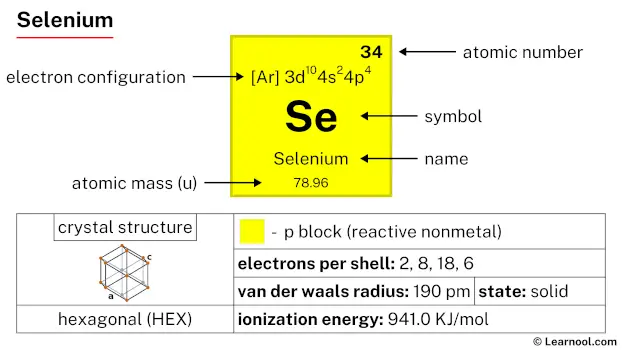
Selenium (Se) is a chemical element of the periodic table, located in the group 16 and the period 4, and has the atomic number 34. It is a red powder or black reactive nonmetal, whose name comes from the Greek word “selene”, which means Moon. It is a member of the chalcogen group.
On periodic table
| group | ⇨ | 1 | 2 | 3 | 4 | 5 | 6 | 7 | 8 | 9 | 10 | 11 | 12 | 13 | 14 | 15 | 16 | 17 | 18 |
| period | ⇩ | ||||||||||||||||||
| 1 | 1 H 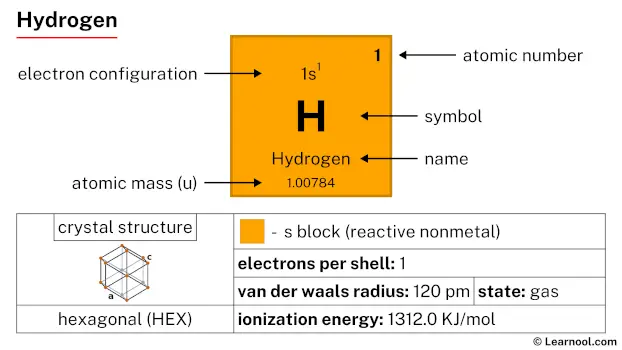 Hydrogen |
2 He  Helium |
|||||||||||||||||
| 2 | 3 Li  Lithium |
4 Be 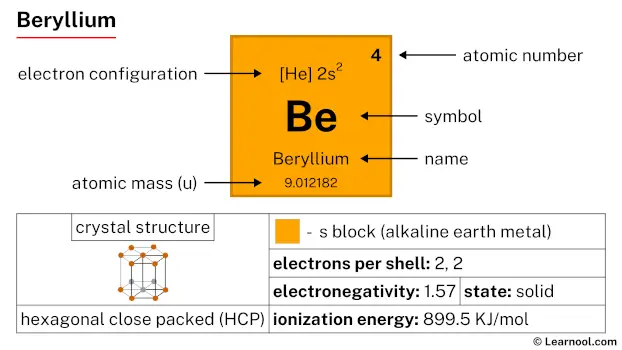 Beryllium |
5 B 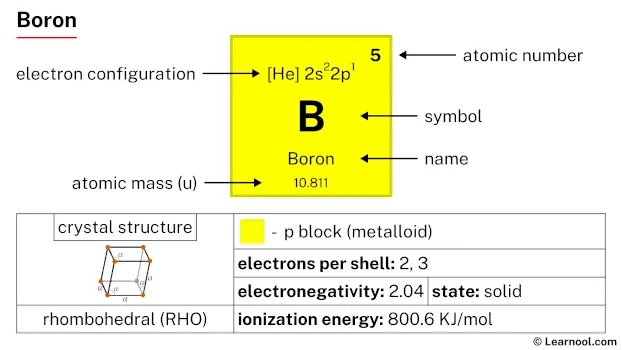 Boron |
6 C  Carbon |
7 N 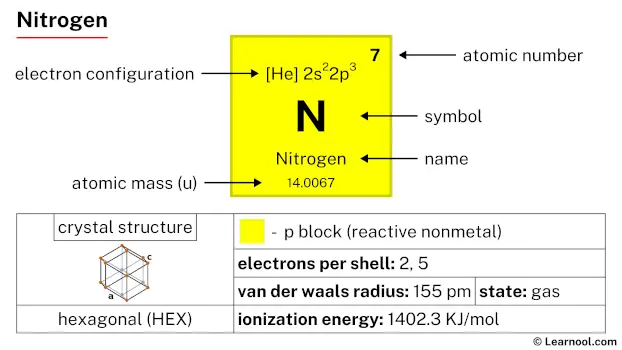 Nitrogen |
8 O 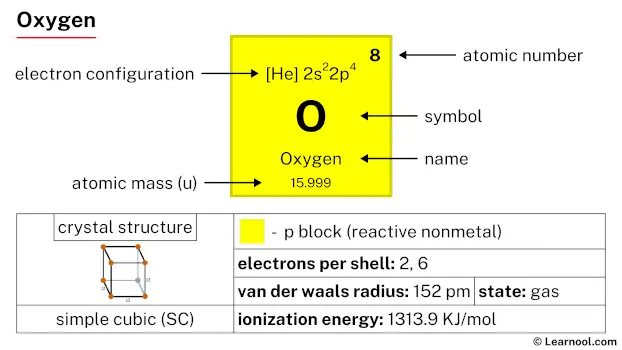 Oxygen |
9 F 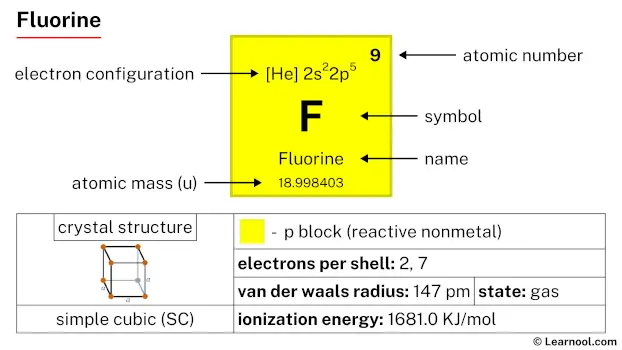 Fluorine |
10 Ne 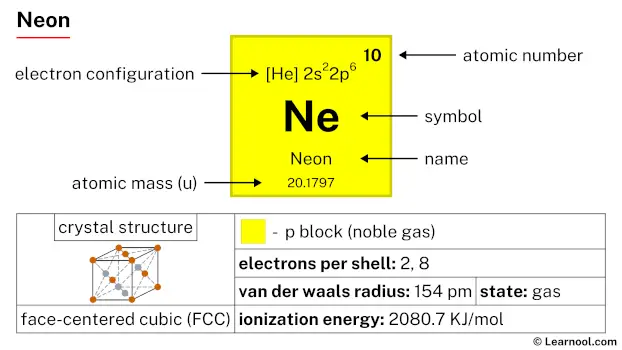 Neon |
|||||||||||
| 3 | 11 Na 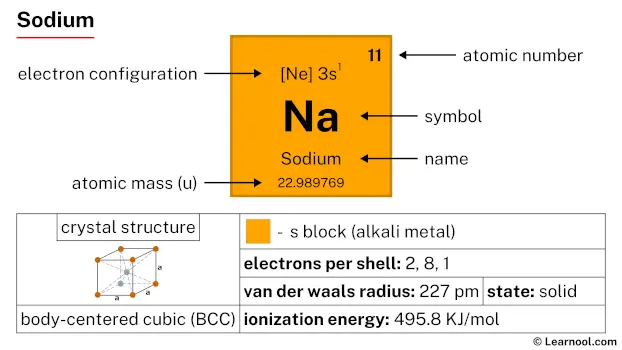 Sodium |
12 Mg 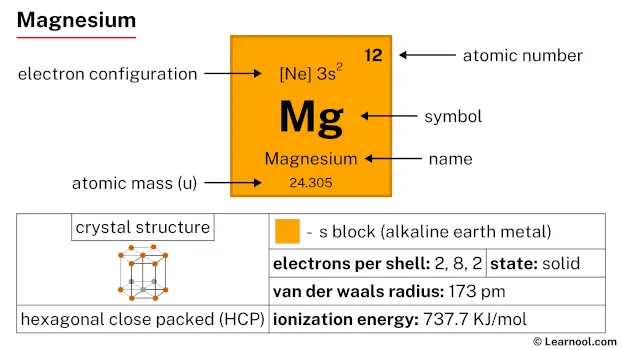 Magnesium |
13 Al  Aluminium |
14 Si Silicon |
15 P 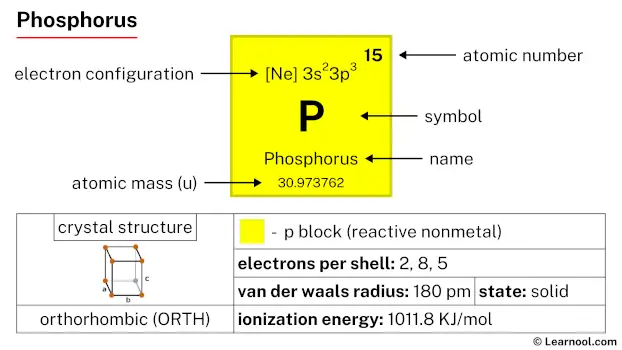 Phosphorus |
16 S 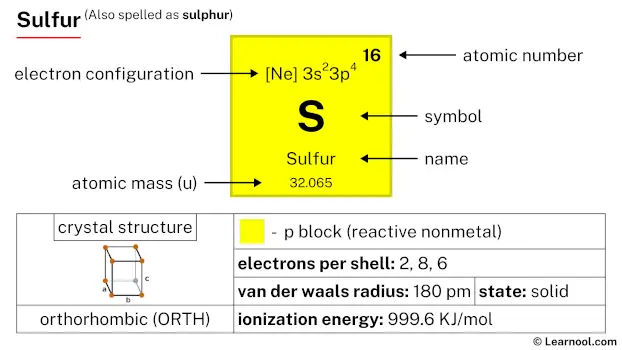 Sulfur |
17 Cl 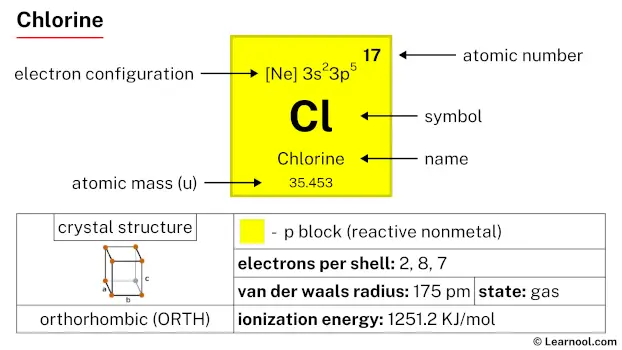 Chlorine |
18 Ar 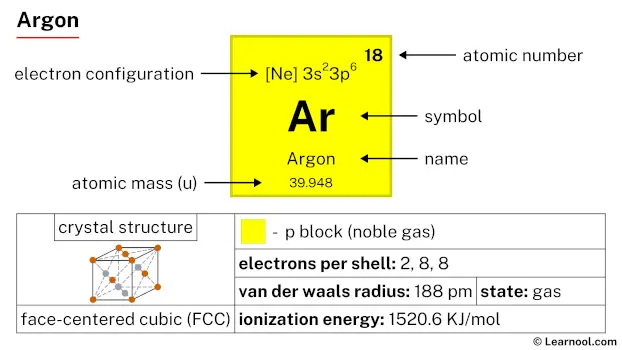 Argon |
|||||||||||
| 4 | 19 K 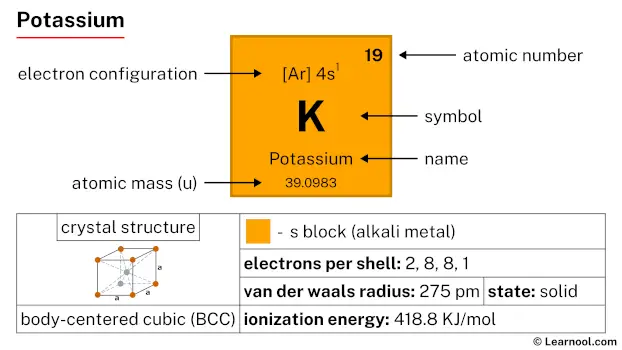 Potassium |
20 Ca 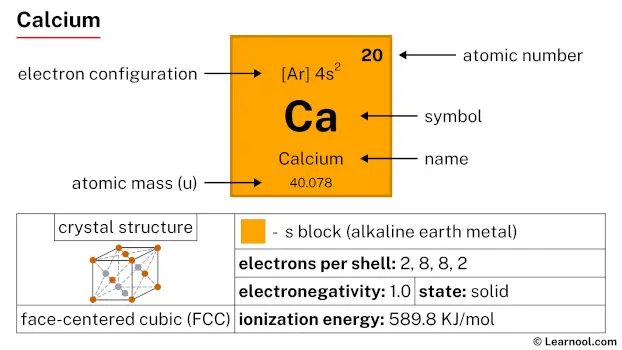 Calcium |
21 Sc 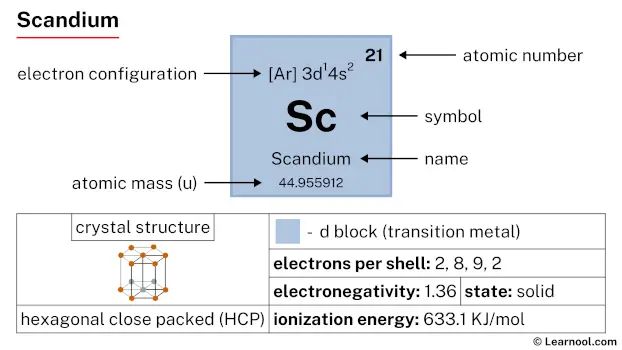 Scandium |
22 Ti 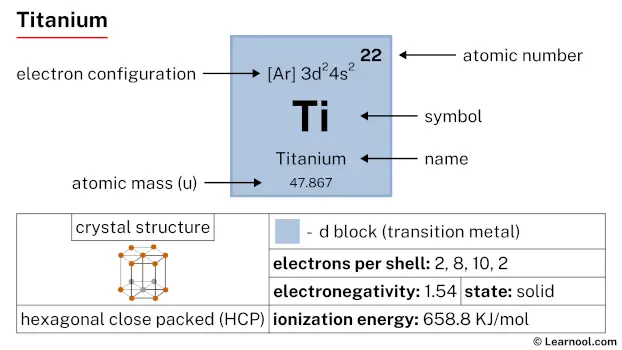 Titanium |
23 V 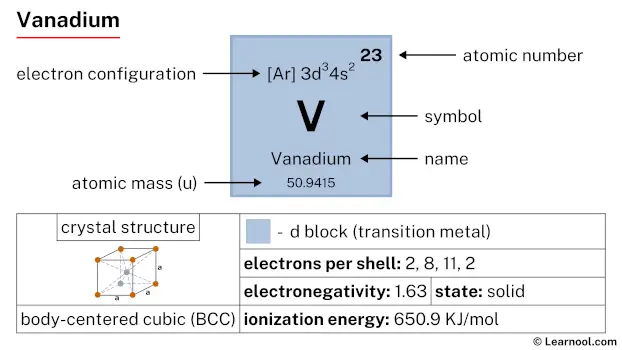 Vanadium |
24 Cr 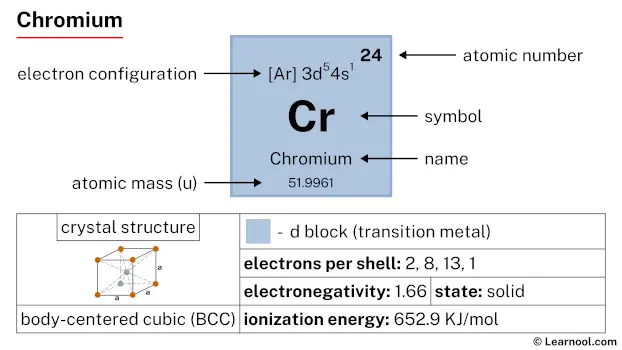 Chromium |
25 Mn 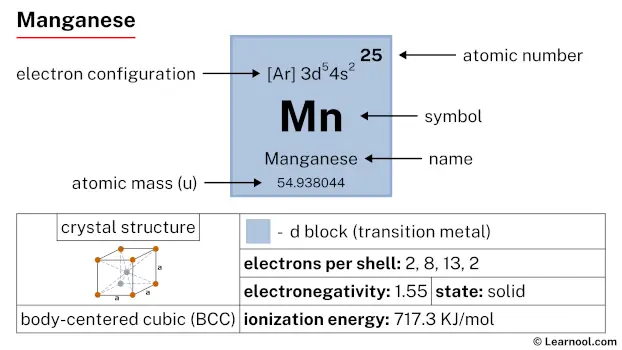 Manganese |
26 Fe 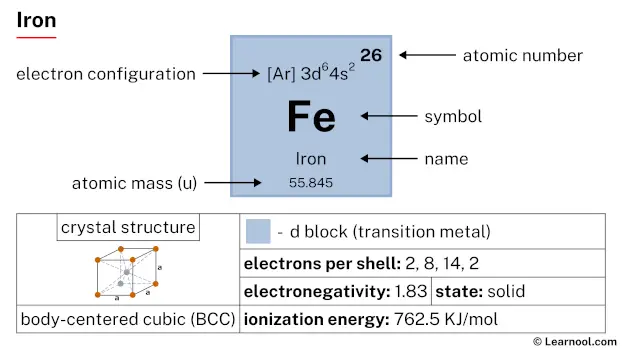 Iron |
27 Co 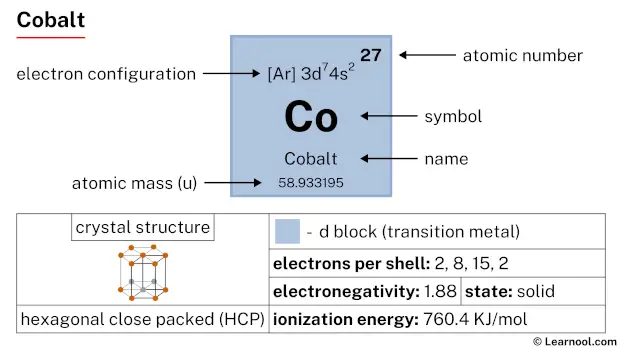 Cobalt |
28 Ni 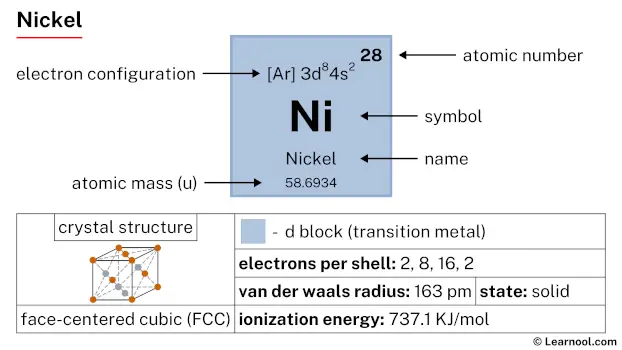 Nickel |
29 Cu 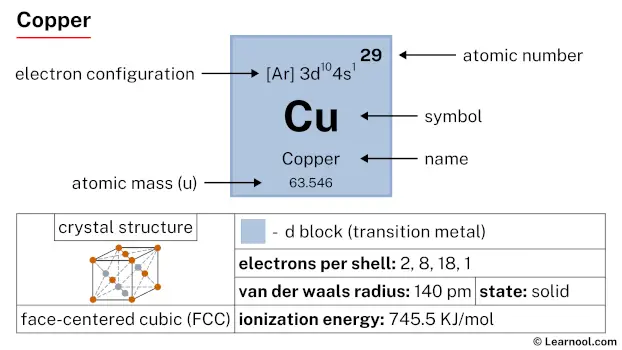 Copper |
30 Zn  Zinc |
31 Ga 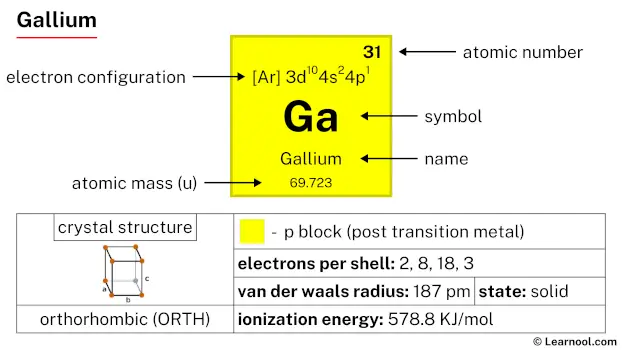 Gallium |
32 Ge 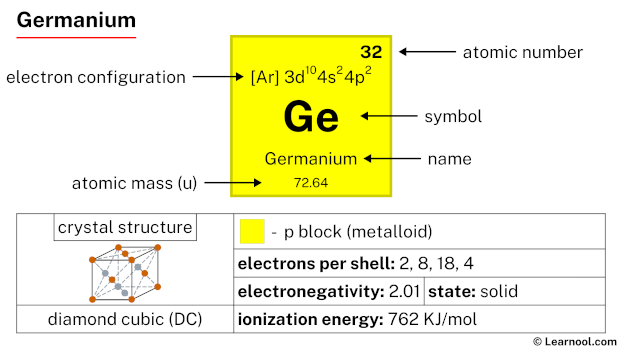 Germanium |
33 As 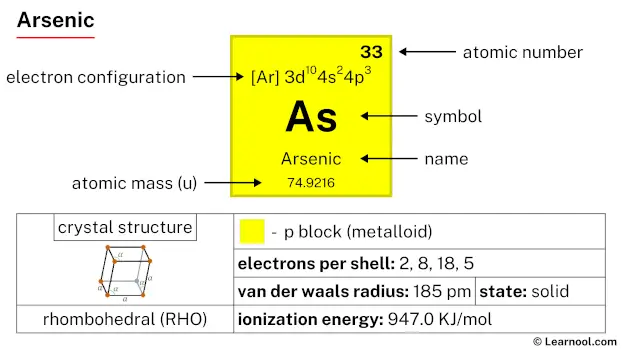 Arsenic |
34 Se Selenium |
35 Br 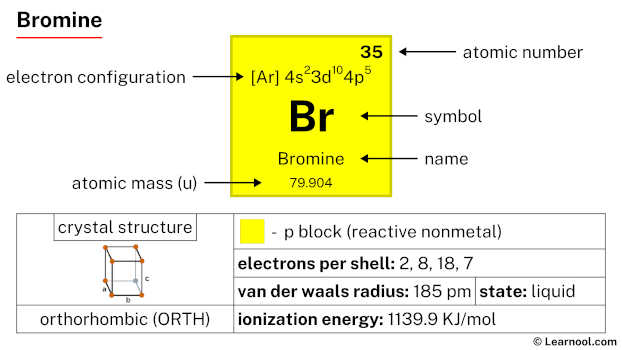 Bromine |
36 Kr  Krypton |
|
| 5 | 37 Rb 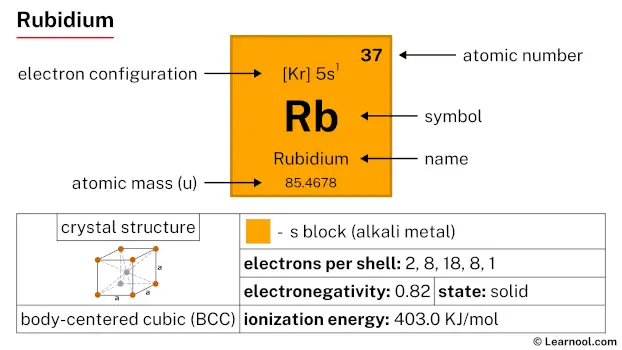 Rubidium |
38 Sr 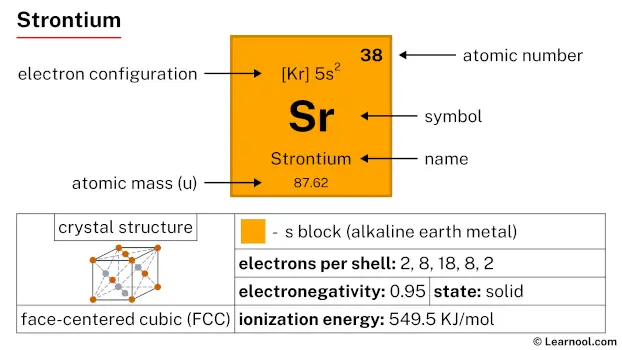 Strontium |
39 Y 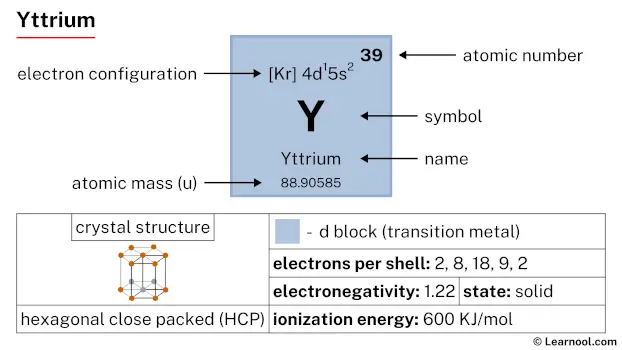 Yttrium |
40 Zr 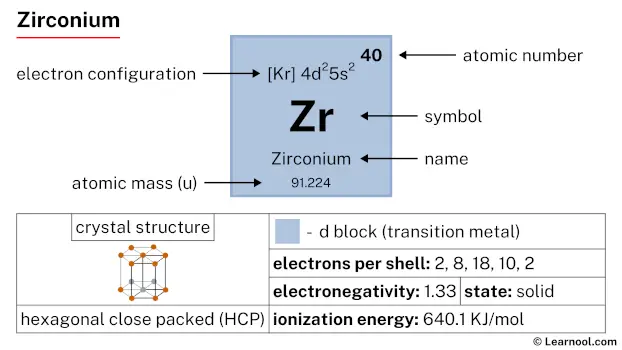 Zirconium |
41 Nb 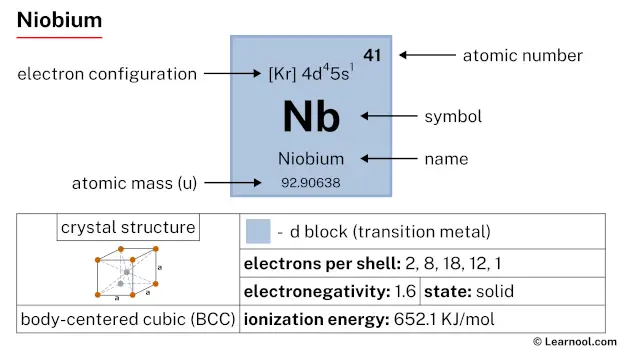 Niobium |
42 Mo 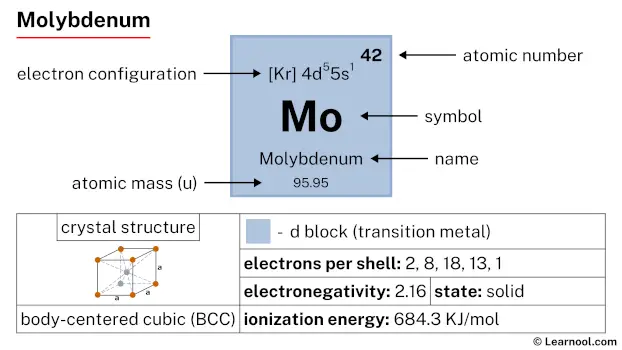 Molybdenum |
43 Tc 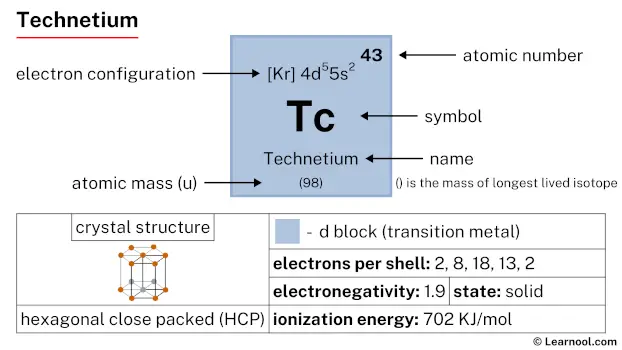 Technetium |
44 Ru 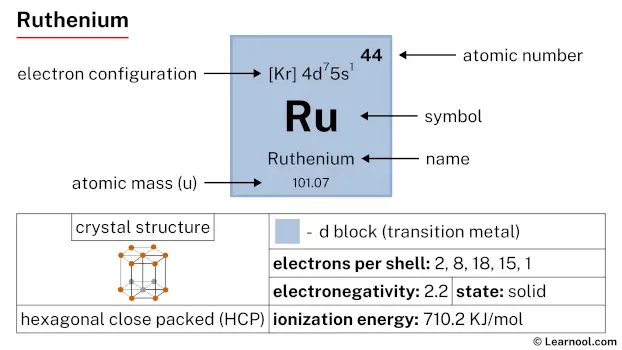 Ruthenium |
45 Rh 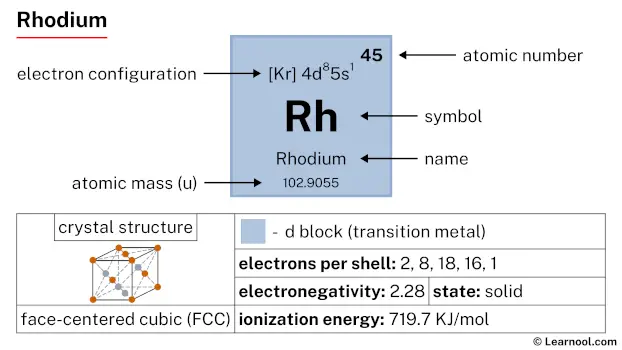 Rhodium |
46 Pd  Palladium |
47 Ag  Silver |
48 Cd 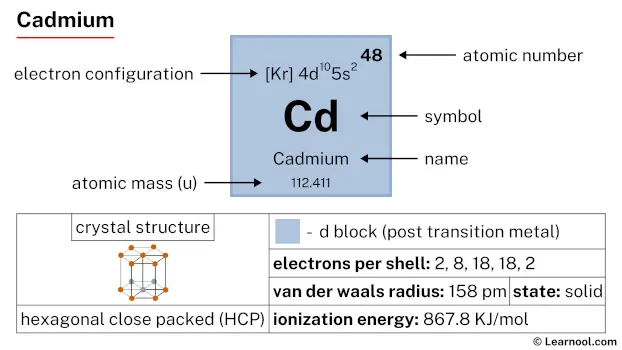 Cadmium |
49 In 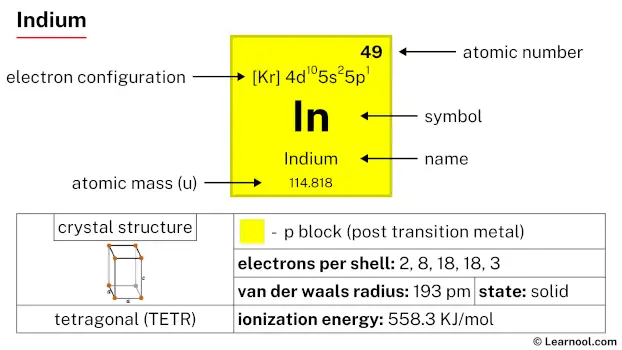 Indium |
50 Sn 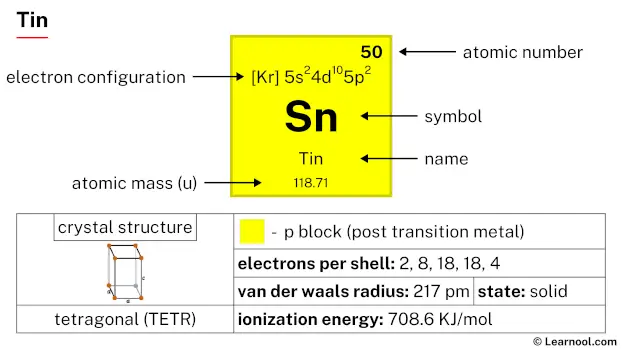 Tin |
51 Sb 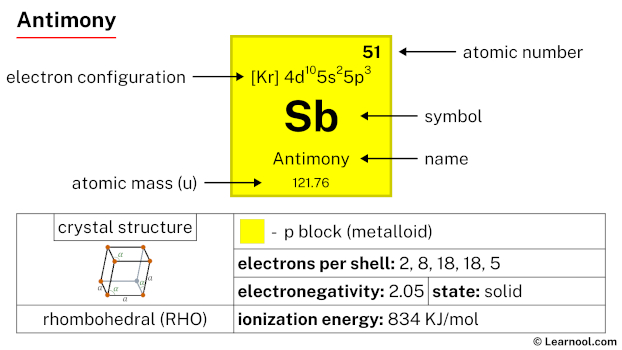 Antimony |
52 Te 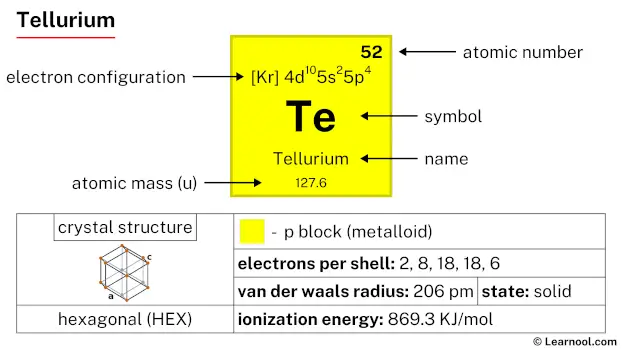 Tellurium |
53 I 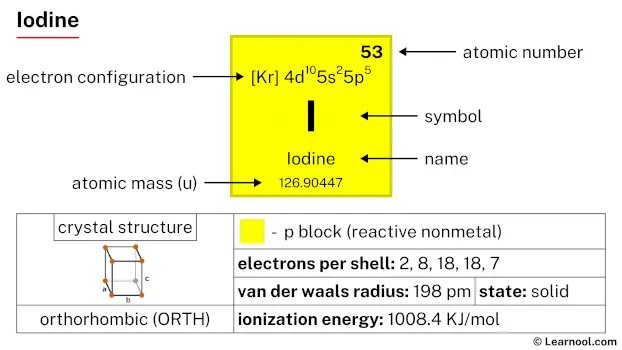 Iodine |
54 Xe 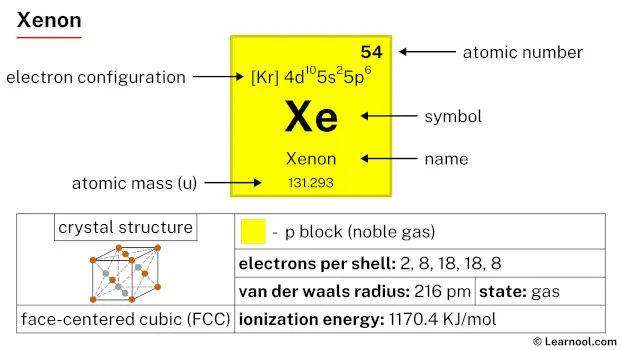 Xenon |
|
| 6 | 55 Cs 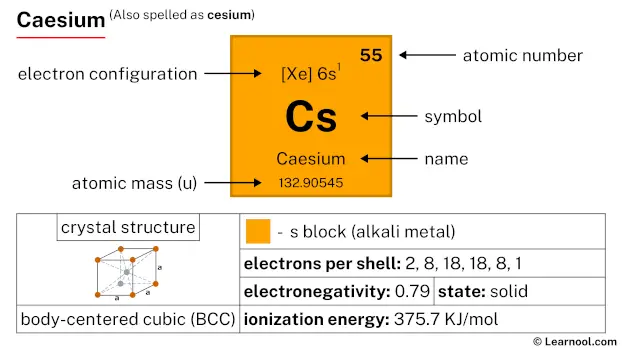 Caesium |
56 Ba 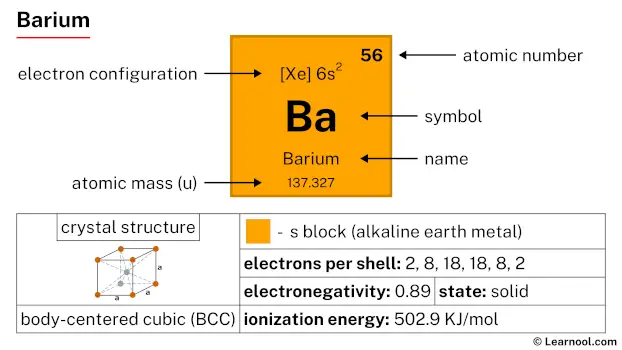 Barium |
72 Hf 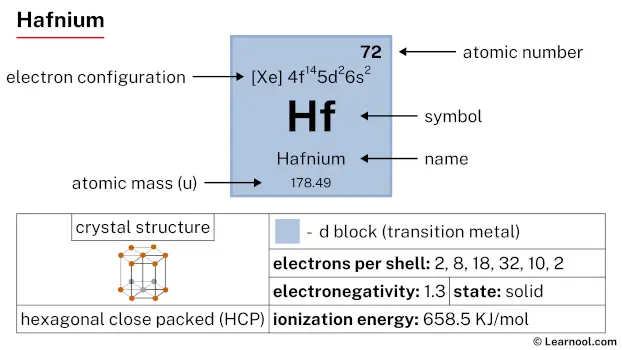 Hafnium |
73 Ta 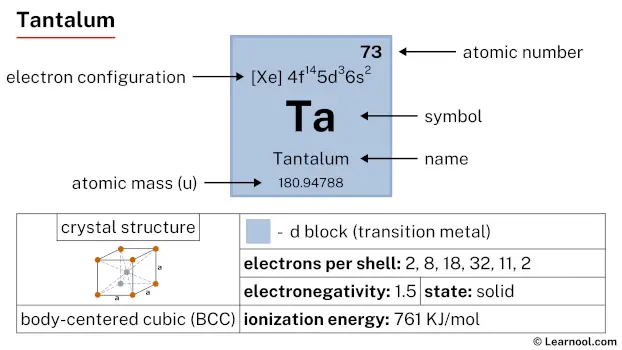 Tantalum |
74 W 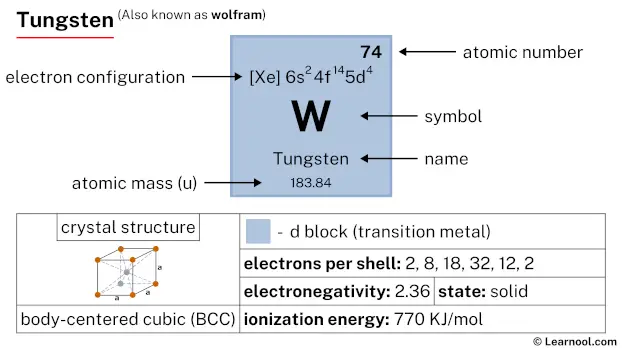 Tungsten |
75 Re 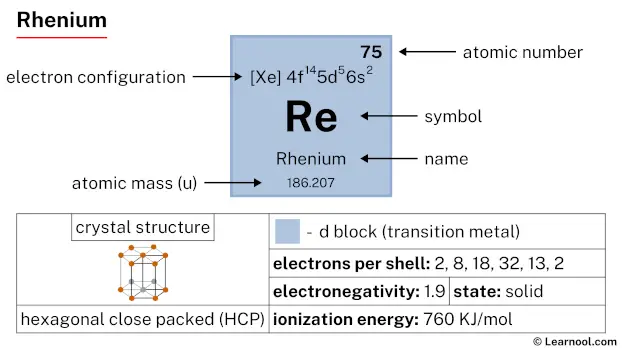 Rhenium |
76 Os 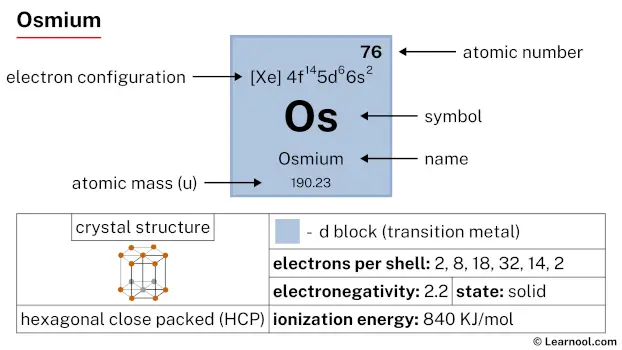 Osmium |
77 Ir 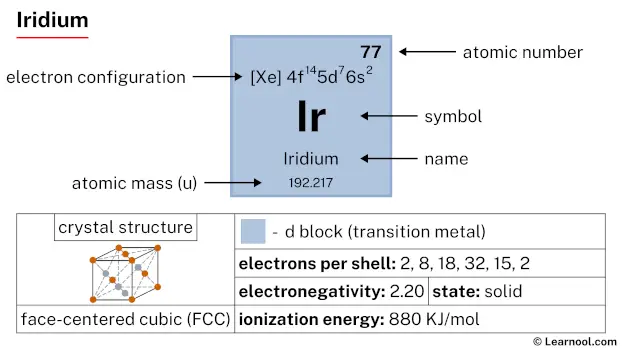 Iridium |
78 Pt  Platinum |
79 Au  Gold |
80 Hg 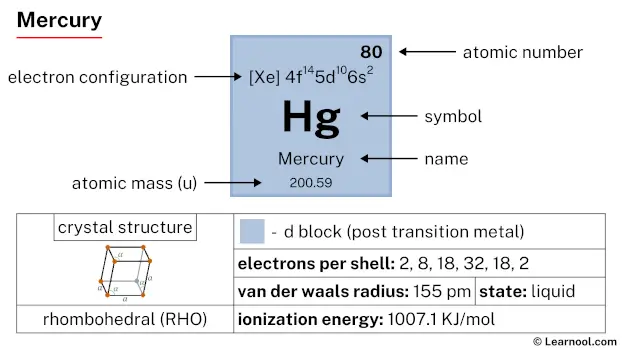 Mercury |
81 Tl 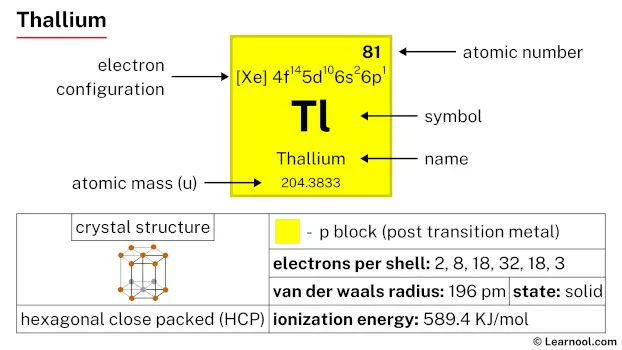 Thallium |
82 Pb  Lead |
83 Bi 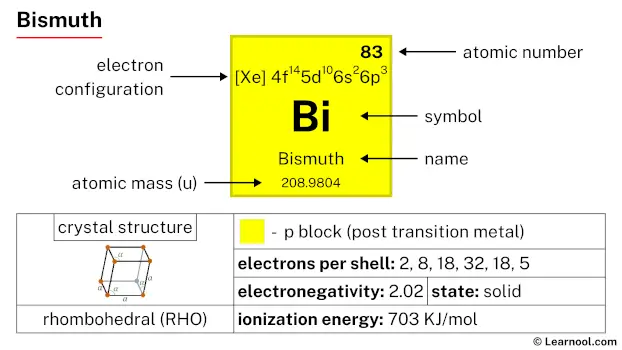 Bismuth |
84 Po 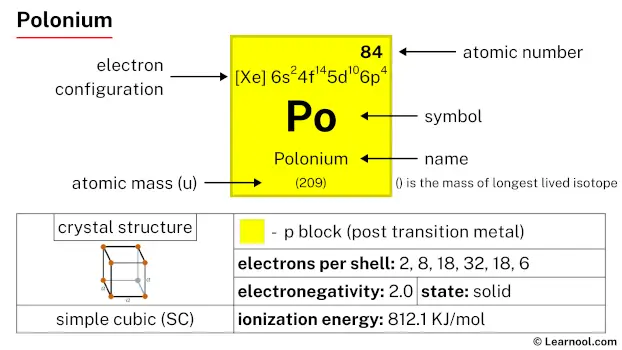 Polonium |
85 At 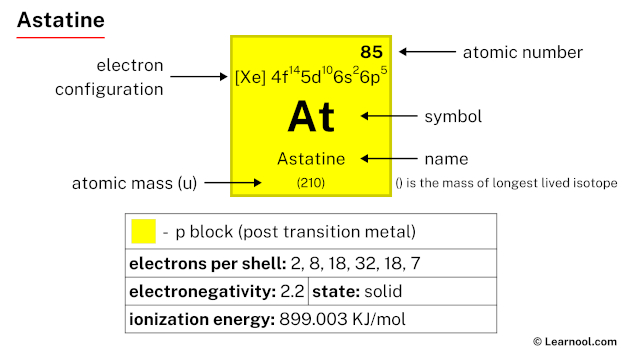 Astatine |
86 Rn 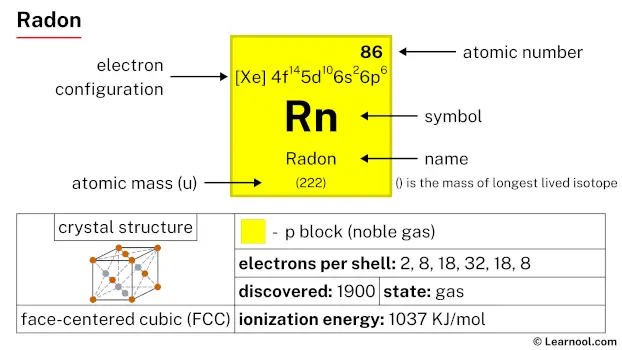 Radon |
||
| 7 | 87 Fr 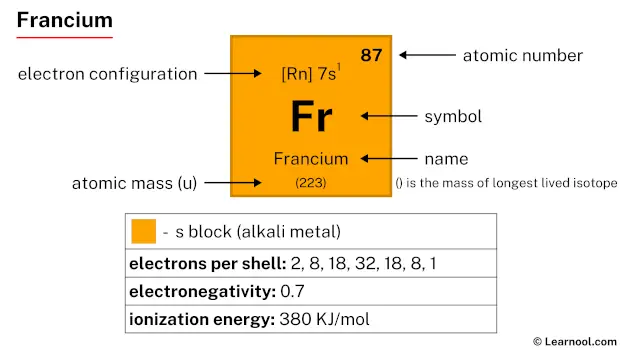 Francium |
88 Ra 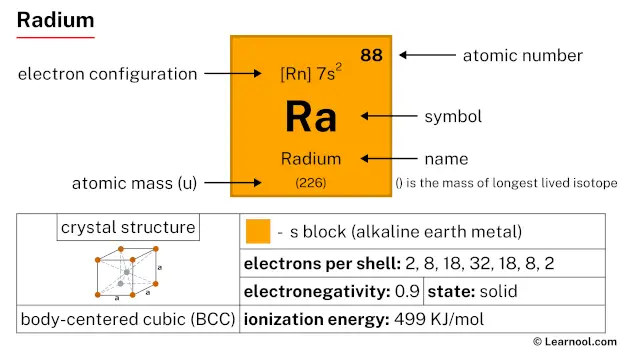 Radium |
104 Rf 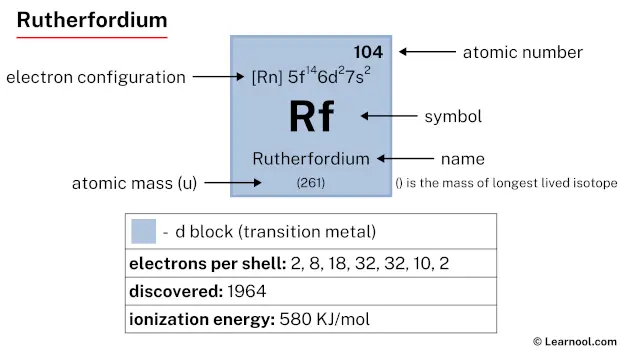 Rutherfordium |
105 Db 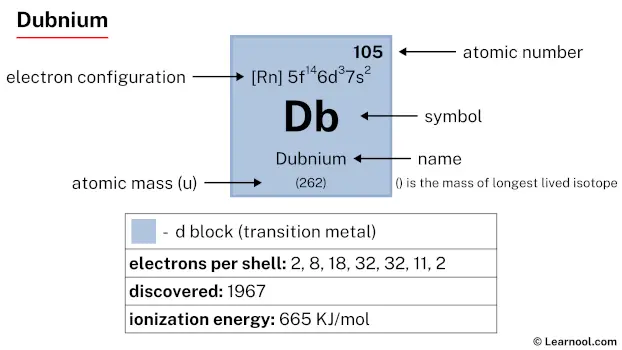 Dubnium |
106 Sg 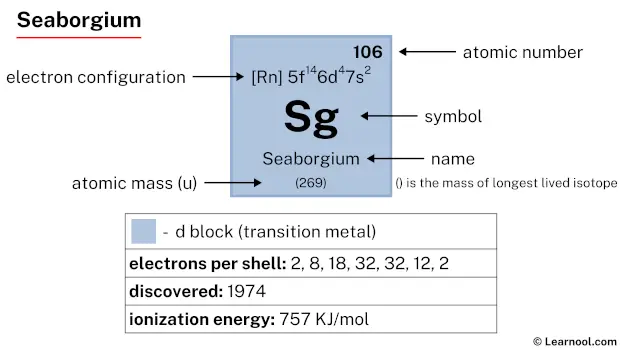 Seaborgium |
107 Bh 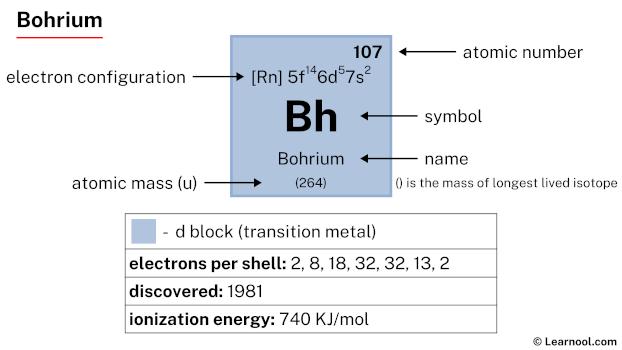 Bohrium |
108 Hs 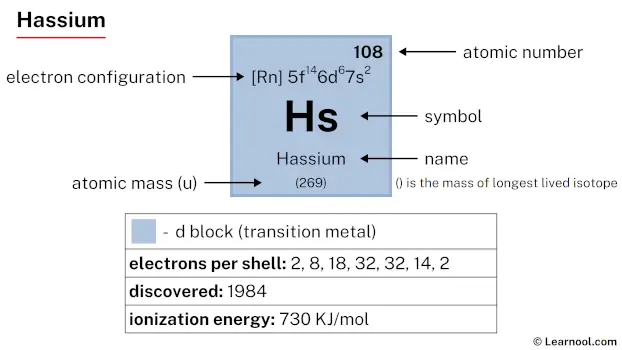 Hassium |
109 Mt 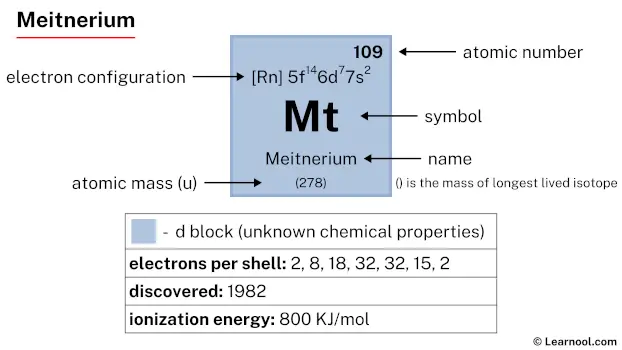 Meitnerium |
110 Ds 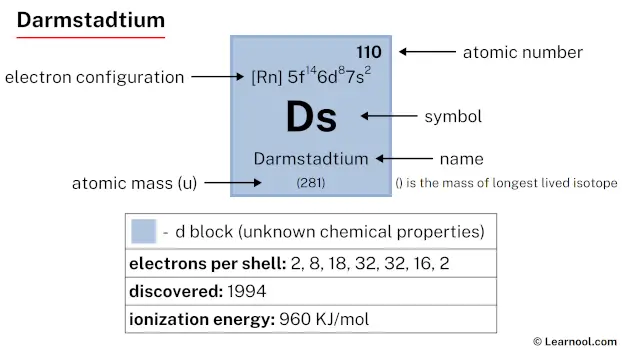 Darmstadtium |
111 Rg 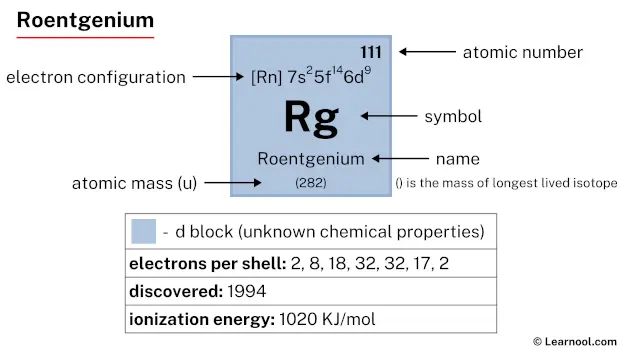 Roentgenium |
112 Cn  Copernicium |
113 Nh 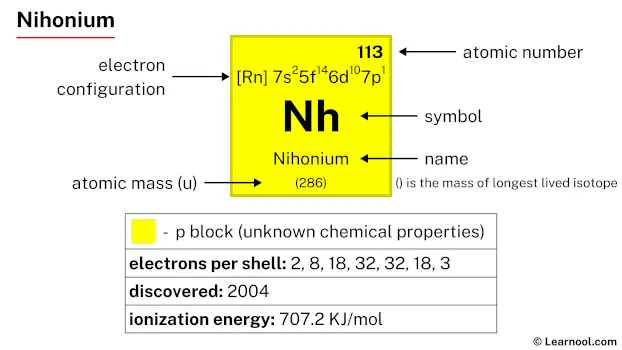 Nihonium |
114 Fl 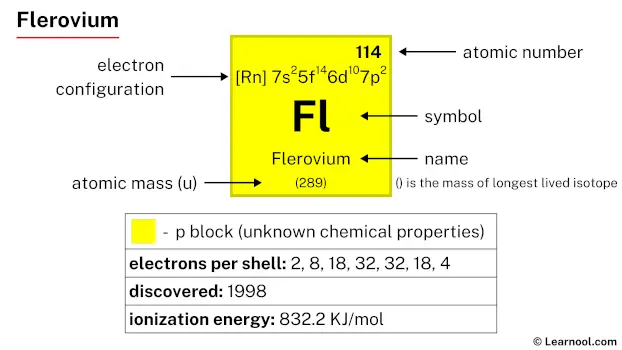 Flerovium |
115 Mc 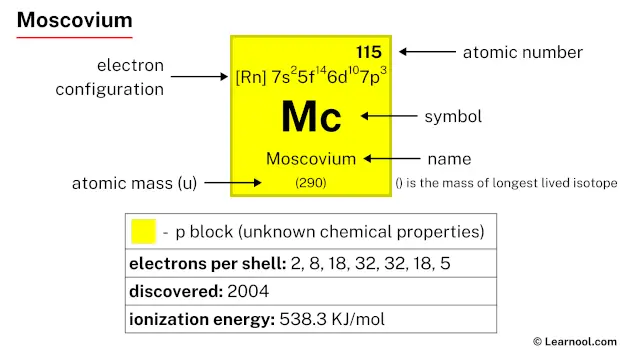 Moscovium |
116 Lv 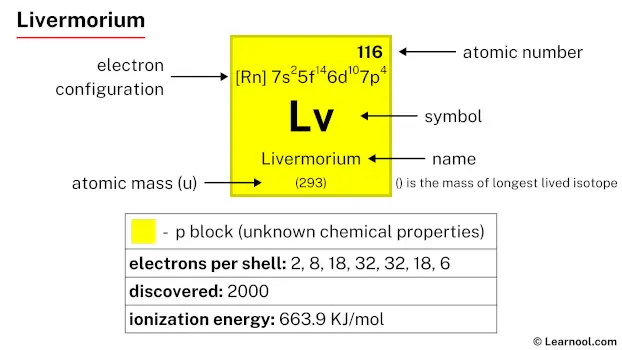 Livermorium |
117 Ts 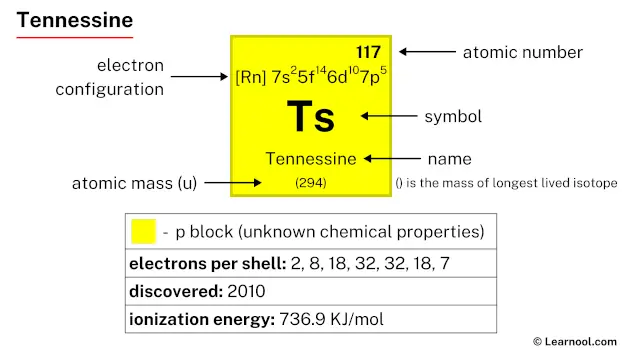 Tennessine |
118 Og 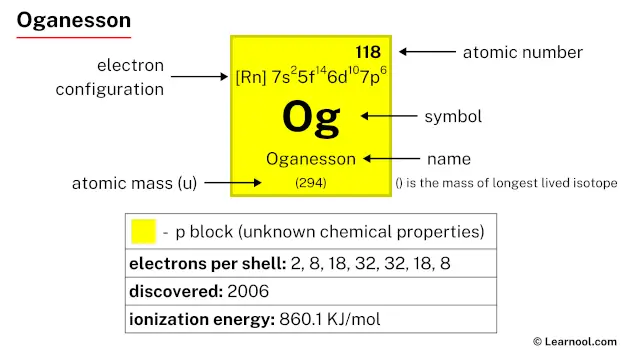 Oganesson |
||
| 57 La 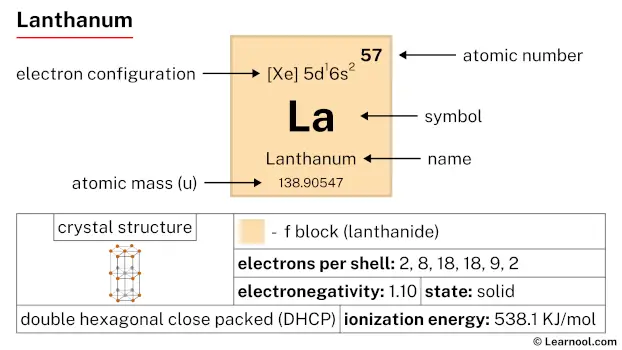 Lanthanum |
58 Ce 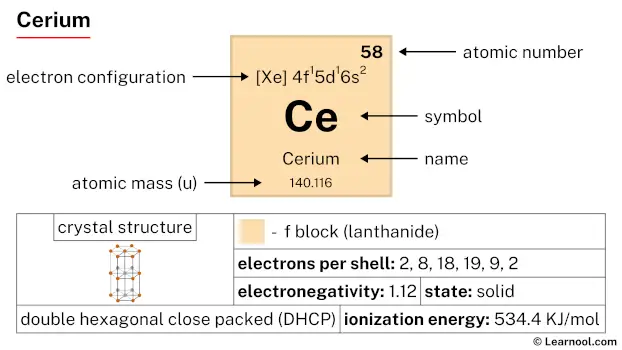 Cerium |
59 Pr 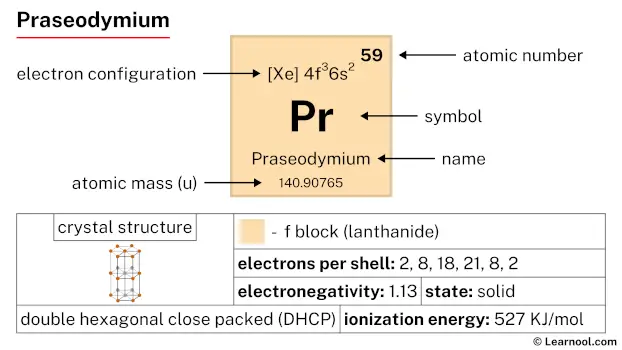 Praseodymium |
60 Nd 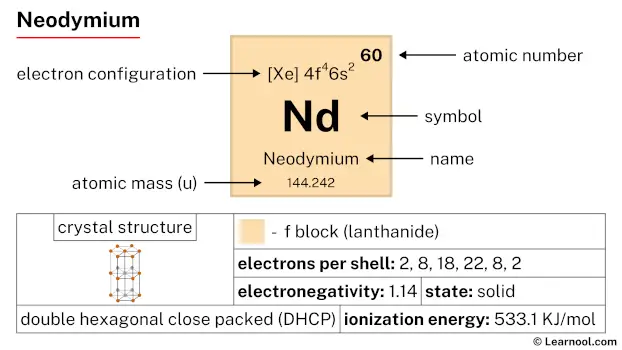 Neodymium |
61 Pm 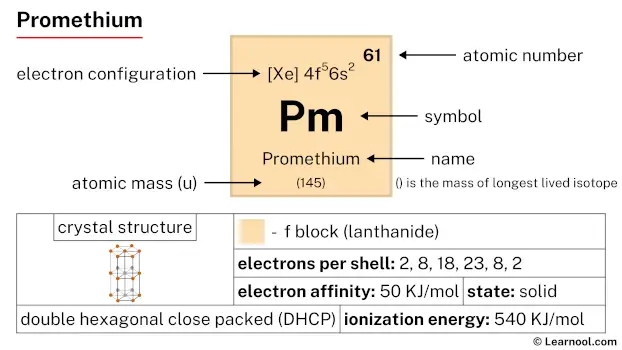 Promethium |
62 Sm 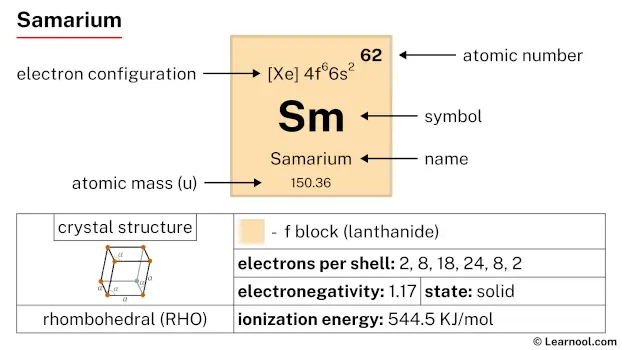 Samarium |
63 Eu 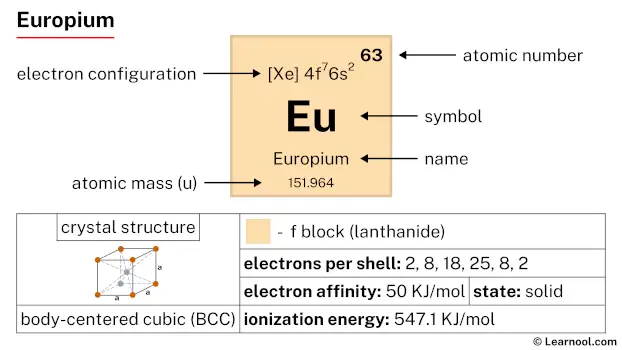 Europium |
64 Gd 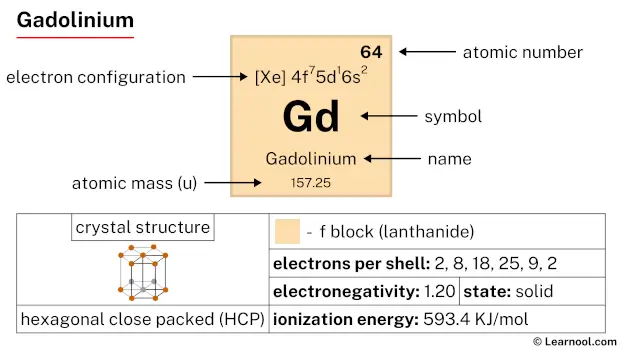 Gadolinium |
65 Tb 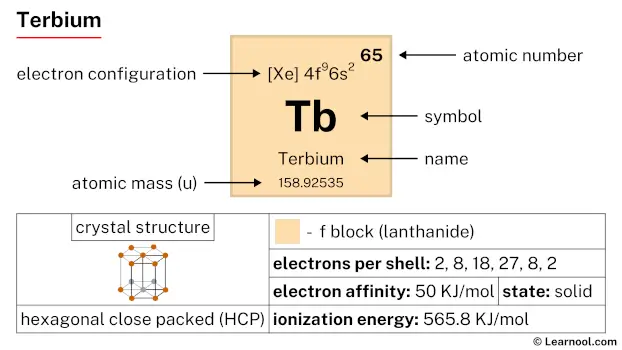 Terbium |
66 Dy 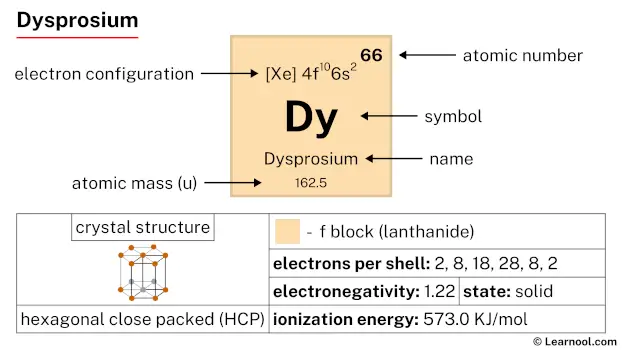 Dysprosium |
67 Ho 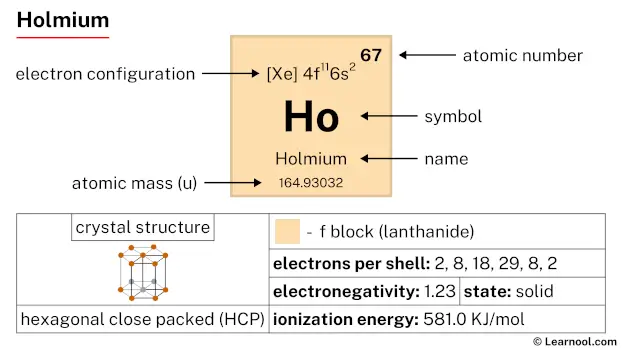 Holmium |
68 Er 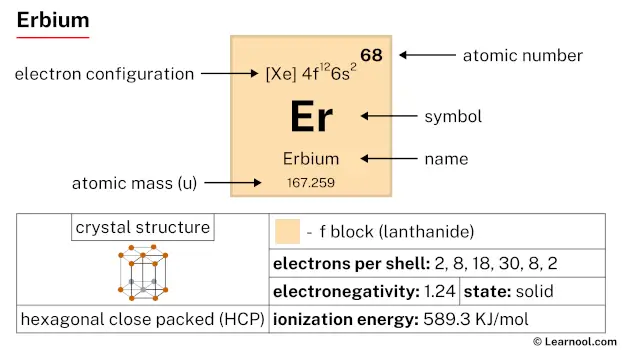 Erbium |
69 Tm 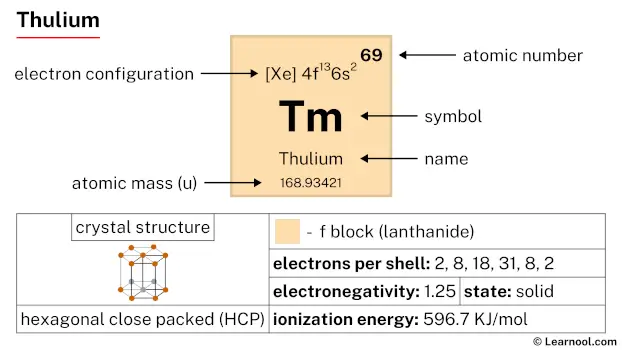 Thulium |
70 Yb 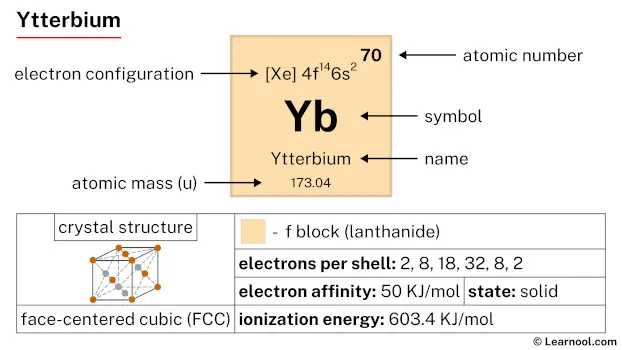 Ytterbium |
71 Lu 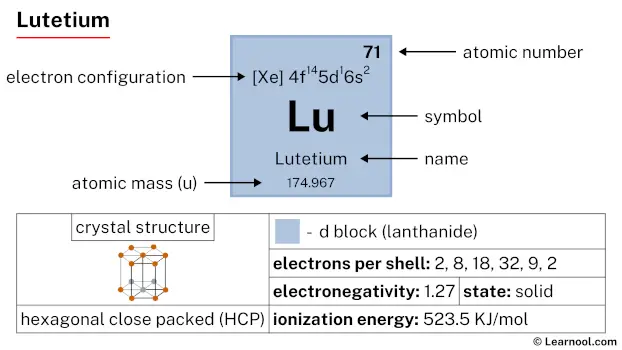 Lutetium |
|||||
| 89 Ac 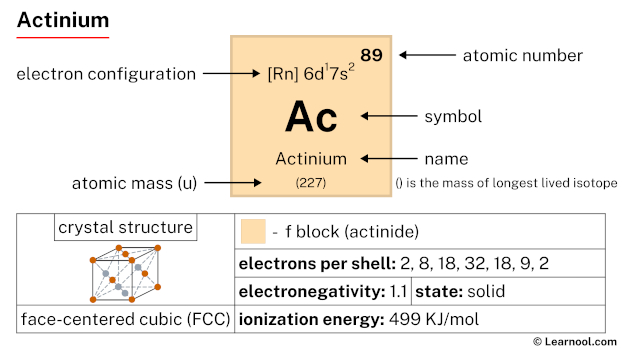 Actinium |
90 Th 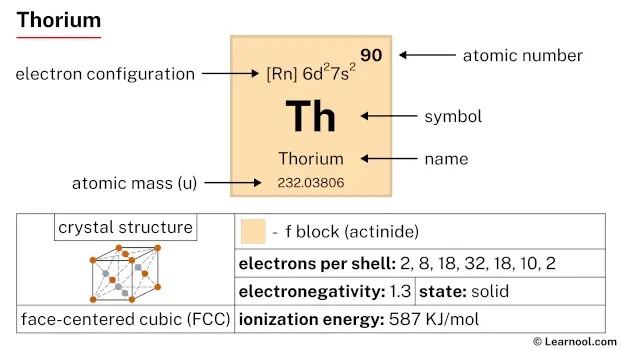 Thorium |
91 Pa 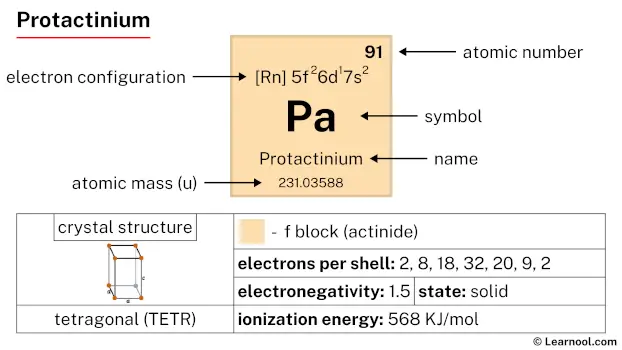 Protactinium |
92 U 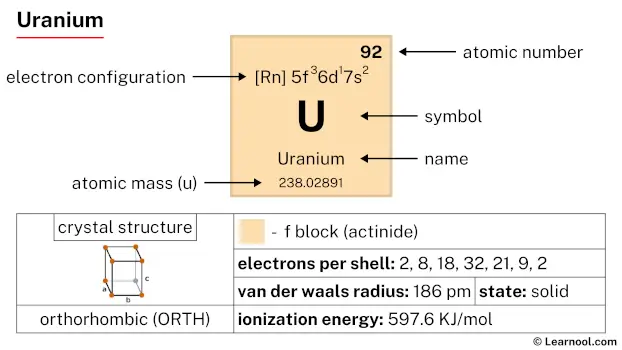 Uranium |
93 Np 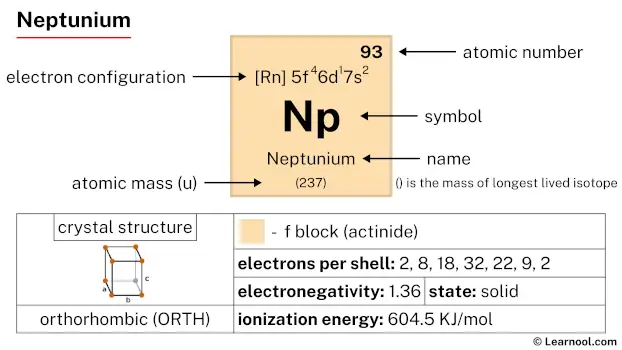 Neptunium |
94 Pu 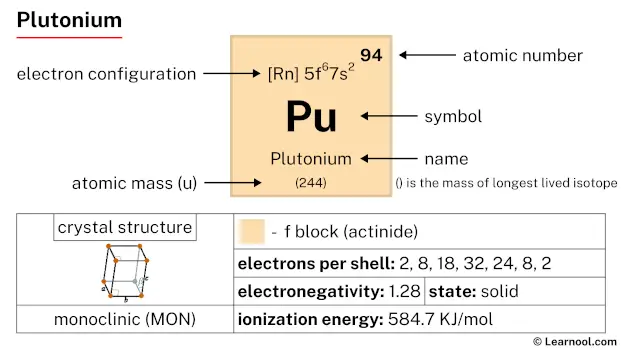 Plutonium |
95 Am  Americium |
96 Cm 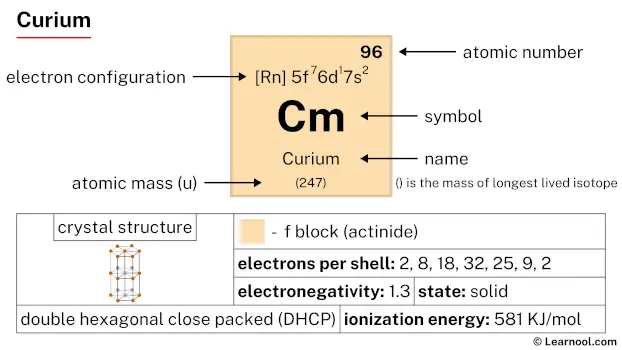 Curium |
97 Bk 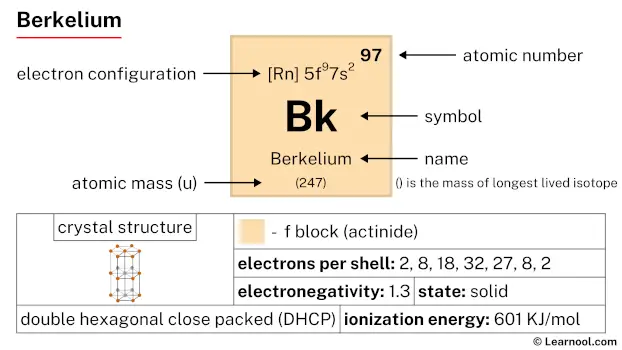 Berkelium |
98 Cf 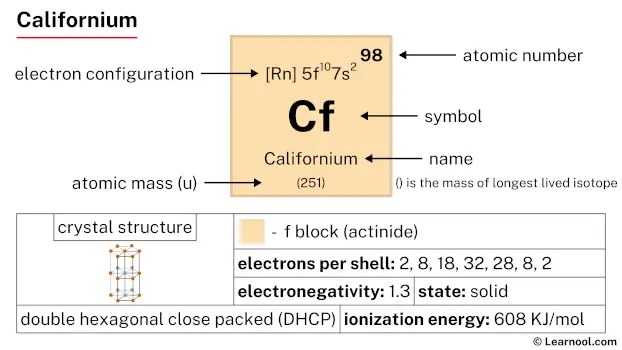 Californium |
99 Es 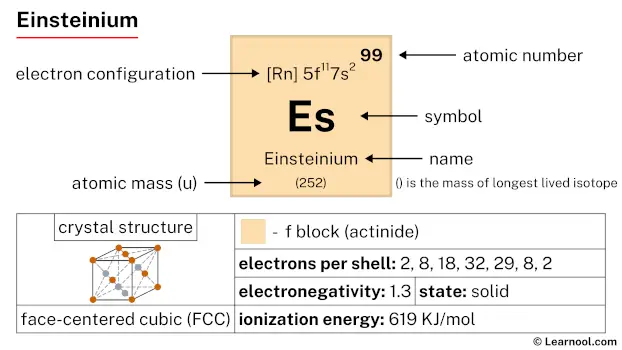 Einsteinium |
100 Fm 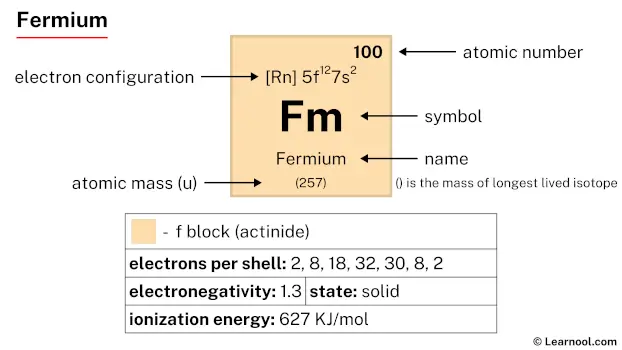 Fermium |
101 Md 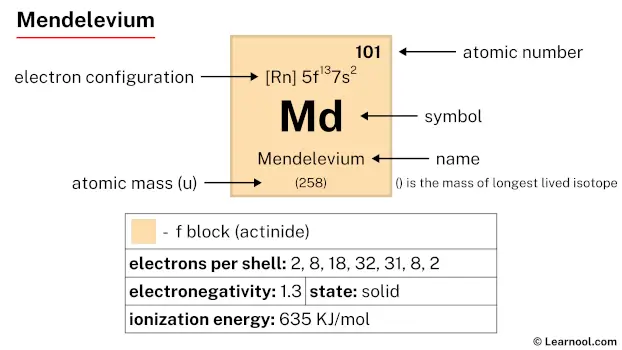 Mendelevium |
102 No 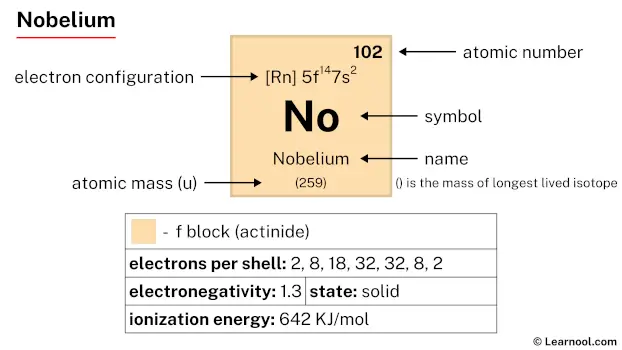 Nobelium |
103 Lr 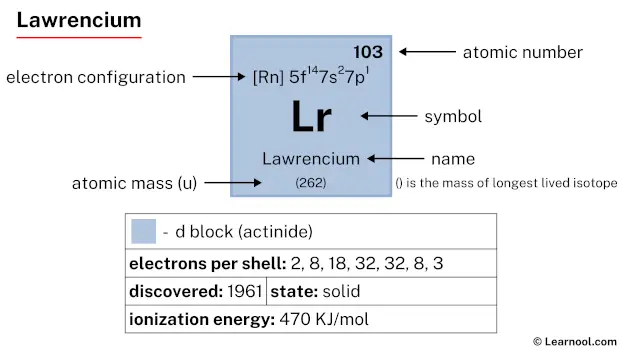 Lawrencium |
|||||
| – p block |
Selenium is a p-block element, situated in the sixteenth column and the fourth row of the periodic table. Its atomic number is 34 and its symbol is Se.
Element information
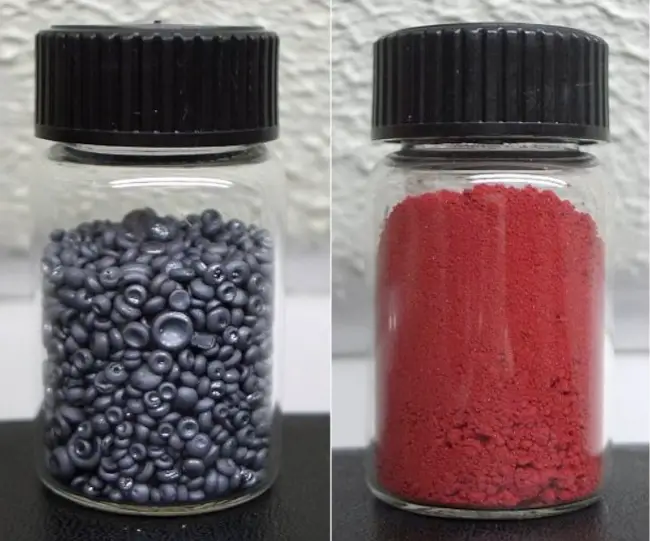 |
|
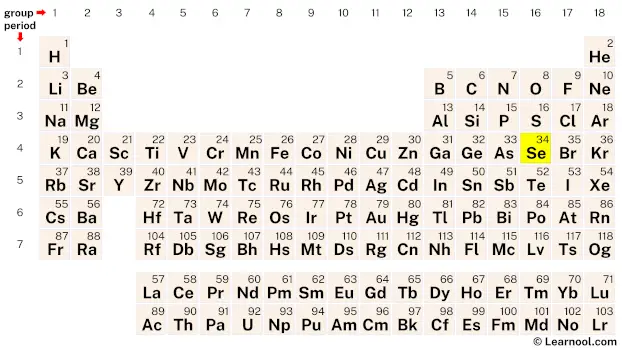 |
|
| Origin of name | Greek word “selene” (which means Moon) |
| Symbol | Se |
| Atomic number (Z) | 34 |
| Atomic mass | 78.96 u |
| Block | p-block |
| Group | 16 (oxygen group) |
| Period | 4 |
| Classification | Reactive nonmetal |
| Atomic radius | 120 pm |
| Covalent radius | 120±4 pm |
| Van der Waals radius | 190 pm |
| Melting point | 221 ℃, 430 ℉, 494 K |
| Boiling point | 685 ℃, 1265 ℉, 958 K |
| Electron configuration | [Ar] 3d10 4s2 4p4 |
| Learn how to write: Selenium electron configuration | |
| Electrons per shell | 2, 8, 18, 6 |
| Learn how to draw: Selenium Bohr model | |
| Crystal structure | Trigonal |
| Phase at r.t | Solid |
| Density near r.t | Gray: 4.81 g/cm3 Alpha: 4.39 g/cm3 Vitreous: 4.28 g/cm3 |
| Main isotopes | Selenium-74, Selenium-76, Selenium-77, Selenium-78, Selenium-80 |
| Natural occurrence | Primordial |
| Oxidation state | -2, +2, +4, +6 |
| Electronegativity (Pauling scale) | 2.55 |
| Protons Neutrons Electrons |
34 45 34 |
| Learn how to find: Selenium protons neutrons electrons | |
| Valence electrons | 6 |
| Learn how to find: Selenium valence electrons | |
| CAS number | 7782-49-2 |
| Discovered by | Jöns Jacob Berzelius and Johann Gottlieb Gahn in 1817 |
History
Selenium, derived from the Greek word “selene,” meaning Moon, was discovered in 1817 by Swedish chemists Jöns Jacob Berzelius and Johan Gottlieb Gahn. They found a red precipitate in the lead chambers of their chemistry plant near Gripsholm, which was later identified as a new element similar to sulfur and tellurium. Initially, Berzelius thought it was a tellurium compound due to its smell, but he eventually reanalyzed it and named it selenium after the Moon because of its similarity to tellurium, named after the Earth.
In the mid-1870s, Werner Siemens developed the first commercial products using selenium. Willoughby Smith found that the electrical resistance of grey selenium was affected by ambient light, leading to its use as a cell for sensing light. Alexander Graham Bell used selenium in his photophone in 1879. Selenium’s semiconductor properties found numerous applications in electronics, including the development of selenium rectifiers in the 1930s.
Selenium’s toxic effects on industrial workers and animals eating high-selenium plants were discovered later. Biochemist Jane Pinsent discovered its importance in microorganisms in 1954, and it was found to be essential for mammalian life in 1957. Selenocysteine, a component of proteins, was discovered in the 1980s, and it was shown to be encoded by the codon UGA. The recoding mechanism was first worked out in bacteria and then in mammals. Today, selenium is recognized as a crucial micronutrient for human and animal health.
Occurrence
Selenium is a nonmetal that occurs naturally in the Earth’s crust, typically found in minerals such as selenite, selenate, and selenide. It is widely distributed in rocks and soils, but its concentration varies depending on the location.
Selenium is present in small amounts in the human body and is necessary for the proper functioning of several enzymes. It is also an essential nutrient for animals, with a deficiency leading to health problems such as muscle weakness, hair loss, and immune system dysfunction.
The largest known reserves of selenium are in the United States, with significant deposits also found in Canada, China, Russia, and Peru. Other sources of selenium include coal, crude oil, and natural gas. However, the concentration of selenium in these sources can vary widely, and it is often necessary to extract it using chemical methods.
Production
Selenium is commonly produced from selenide found in sulfide ores, such as copper, nickel, or lead. Electrolytic metal refining is a major source of selenium as a byproduct, obtained from the anode mud of copper refineries. Industrial production of selenium usually involves the extraction of selenium dioxide from residues obtained during the purification of copper. Common production from the residue begins with oxidation using sodium carbonate to produce selenium dioxide, which is mixed with water and acidified to form selenous acid. Selenous acid is then bubbled with sulfur dioxide to give elemental selenium.
In 2011, approximately 2,000 tonnes of selenium were produced worldwide, with Germany, Japan, Belgium, and Russia being the largest producers. The total reserves of selenium were estimated at 93,000 tonnes. The consumption of selenium in 2010 was mainly for metallurgy, glass manufacturing, agriculture, and chemicals and pigments. China is the dominant consumer of selenium, consuming 1,500 to 2,000 tonnes per year.
Properties
Selenium has a grey crystalline appearance and is a brittle nonmetal with some reactive and semiconducting properties.
It has a melting point of 221 degrees Celsius and a boiling point of 685 degrees Celsius.
Selenium is a chalcogen, which means it belongs to the same group as oxygen, sulfur, and tellurium in the periodic table.
It is insoluble in water but is soluble in chloroform, carbon disulfide, and other organic solvents.
Selenium has six stable isotopes, with the two most abundant ones being selenium-80 and selenium-78.
Selenium is a photoconductive material, which means that its electrical conductivity increases when exposed to light.
It is also an essential trace element for humans and animals and is found in small amounts in various foods.
Selenium exhibits different oxidation states, ranging from -2 to +6, with -2, +4, and +6 being the most common.
Selenium has many unique properties, including its ability to form glasses, its use in solar cells, and its role in the production of certain pigments and dyes.
Applications
Photovoltaic cells
Selenium is a key component of thin-film photovoltaic cells. It is used as a semiconductor material in these cells, which convert sunlight into electricity. This makes it an important element in the field of solar energy.
Glass industry
Selenium compounds are used as coloring agents in the glass industry. It can produce colors ranging from red to yellow to gray in glass, making it useful in the manufacture of tinted glass, colored glassware, and mirrors.
Pharmaceuticals
Selenium is used in the pharmaceutical industry for various purposes. It is used as a nutritional supplement in medicines, as it has antioxidant properties. It is also used in the treatment of dandruff, seborrheic dermatitis, and other skin diseases.
Agriculture
Selenium is an essential micronutrient for plants and animals. It is used as a fertilizer in agriculture to improve crop yield and quality. Selenium-enriched fertilizers are used to grow crops that are rich in this micronutrient.
Rubber industry
Selenium compounds are used as vulcanizing agents in the rubber industry. They help to improve the mechanical properties of rubber, such as elasticity, tensile strength, and abrasion resistance.
Electronics
Selenium is used in electronic devices such as photocopiers and printers. It is used as a photosensitive material in these devices, which convert light into electrical signals.
Interesting facts
Selenium was named after the Greek word “Selene,” meaning Moon, by the Swedish chemist Jöns Jacob Berzelius in 1817 due to its similar properties to tellurium, which was named after the Latin word for Earth.
Selenium is the key component in many toners, which are used in the production of photocopying machines, printers, and other electronic devices.
Ingesting too much selenium can lead to a condition called selenosis, which can cause hair and nail loss, skin lesions, and other health problems.
Selenium is a trace element found in the Earth’s crust, comprising only about 90 parts per billion.
Selenium has a number of beneficial effects on human health, including acting as an antioxidant and supporting thyroid function.
Some plants, such as broccoli and garlic, are good sources of selenium, while others, such as rice grown in certain parts of the world, can be high in selenium due to the soil conditions.
Selenium has been used in the glass industry to decolorize glass and to create a red color in stained glass.
Selenium is also used in the manufacturing of rubber products, such as tires, to improve their durability and resistance to heat.
Selenium is a semiconducting material, which makes it useful in the production of photovoltaic cells used in solar panels.
Related
More elements
External links
- https://www.rsc.org/periodic-table/element/34/selenium
- https://en.wikipedia.org/wiki/Selenium
- https://www.britannica.com/science/selenium
- https://education.jlab.org/itselemental/ele034.html
- https://www.chemicool.com/elements/selenium.html
- https://pubchem.ncbi.nlm.nih.gov/element/Selenium
- https://www.radiochemistry.org/periodictable/elements/34.html
Deep
Learnool.com was founded by Deep Rana, who is a mechanical engineer by profession and a blogger by passion. He has a good conceptual knowledge on different educational topics and he provides the same on this website. He loves to learn something new everyday and believes that the best utilization of free time is developing a new skill.
